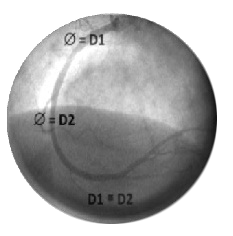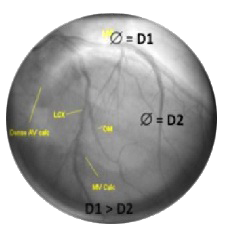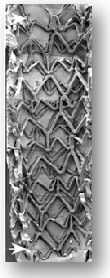Adult Cardiology > Meril Life Sciences > Biomime Morph sirolimus Eluting Coronary Stent System



Research
premise for BioMime Morph - Sirolimus Eluting Tapered Coronary
Stent System is based on two primary observations from routine
PCIs
1. Anatomical shape of vessels
2.
Procedural concerns associated with stenting of long diffused lesions
• Right
coronaries are generally tubular & non-tapering vessels
• Left
coronaries generally give off branches & taper
The
vessels usually tend to taper to the tune of 10-15% per
30mm
of vessel length

Long
diffused lesions need to be treated with multiple stents
Multiple stents need to be overlapped
Concerns with
overlapping DES-
• Vessel
rigidity - make the vessel rigid due to excess metal
•
Fracture - are more prone to fracture due to rigidity
•
Restenosis - cause higher vascular injury leading to
restenosis
• Drug overdose -
have twice the dose leading to delayed healing
•
Polymer inflammation - have twice the polymer dose leading to
polymer inflammation
•
Aneurysm - excessive drug dose may lead to aneurysms
•
Side branch jailing - excess un-organized metal may jail important
side branches
• Over
radiation - multiple stenting procedure take longer time and expose
the operator
to over
radiation
• Contrast media -
multiple stenting procedure involves more contrast media
•
Cost - multiple DES cost more

• In
the present scenario, to treat lesions >48mm
one is compelled to use two or more stents
• Anatomical mismatch
between currently available cylindrical stents with natural taper of
coronary arteries
Higher distal diameter has a propensity to cause distal vessel
dissection
Long
diffused lesion of LAD
requiring two overlapping stents
Cylindrical
artery at the stented
site and an abrupt tapered distal to stent
